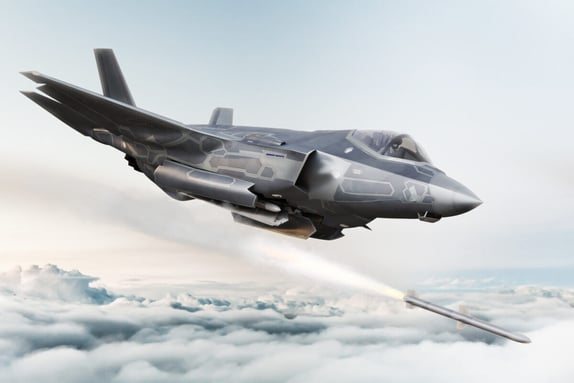Optimizing Material Selection for Aerospace: Can one material do it all?
Selecting appropriate materials for the rigorous demands of aerospace production has always been a significant challenge. A material that meets the requirements for strength may fall short in terms of thermal stability, or a composite that is perfect for a particular internal component may not lend itself to a cost-effective solution.
With the advent of new nanocomposites and other advanced technologies, the available options have increased substantially, presenting designers and engineers with an exciting array of cutting-edge materials to work with. Yet, as before, the varying properties of different materials generally means that there’s always a trade-off involved in selecting the best product for a specific task.
For example, while most composites provide the benefit of lightweight, they vary significantly to performance requirements such as damage resistance, environmental stability, toxicity, and corrosion susceptibility. Moreover, as mentioned above, manufacturability – especially in the case of highly idiosyncratic components – is a critical factor in determining the practicability of using a given material.
In the aerospace industry, this challenge is readily apparent when one considers the differing performance parameters involved in the production of airframes, engine parts, and aircraft interiors.
For airframes, the key performance requirements are lightweight and high strength-to-weight ratios. Engine parts require not only lightweight, but thermal stability and corrosion resistance to solvents, fuels, lubricants, and other chemicals. For these parts, aircraft interiors require mechanical strength and dimensional stability, as well as requiring to meet specific safety requirements related to flame, smoke, heat release and toxicity. Moreover, in all of these cases – and especially with regard to commercial aircraft interiors, which need to be produced at a fast pace – manufacturing flexibility is a key concern.
Historically, to deal with these myriad demands, engineers were forced to mix and match a variety of materials (metals and composites), an extremely complex process made even more challenging by the need to join the same or two dissimilar materials that could interact in a detrimental fashion under certain conditions.
All of this changed with the introduction of the groundbreaking nanocomposite HX5. Designed by the renowned Skunk Works® team and licensed worldwide by Alpine Advanced Materials, HX5 boasts best-in-class mechanical properties that rival many traditional aerospace-grade materials at a fraction of the weight. Readily manufacturable by almost any process – from CNC machining to injection molding (thermo-forming) – HX5 offers many more production options and much faster manufacturing speeds than aluminum. Extensively tested in real-world environments, on the ground, in the upper atmosphere, and in space, HX5 is an exceptional alternative to machined aluminum for nearly every application, offering equal or better performance at half the weight.
To date, HX5 has been used to manufacture components for fifth-generation jet fighters, high-speed helicopters, UAVs, amphibious transport vehicles, missiles, rockets, and satellites – demonstrating its suitability for the most demanding applications and environments.
Why HX5 is the most versatile and high-performing advanced material currently available:
- Tested by the Department of Defense and NASA, meeting stringent requirements for flame, smoke, and toxicity, as well as limits for volatile condensable materials and outgassing metrics for total mass loss.
- Passed galvanic corrosion testing, solvent and fuel susceptibility testing, atomic oxygen radiation resistance, accelerated lifetime thermal mechanical cycling, and high-temperature thermal stability testing (Creep testing).
- HX5’s pristine injection-molding compatibility allows extreme flexibility, while dramatically reducing manufacturing time.


.png?height=383&name=Blog%20Photos%20(24).png)


